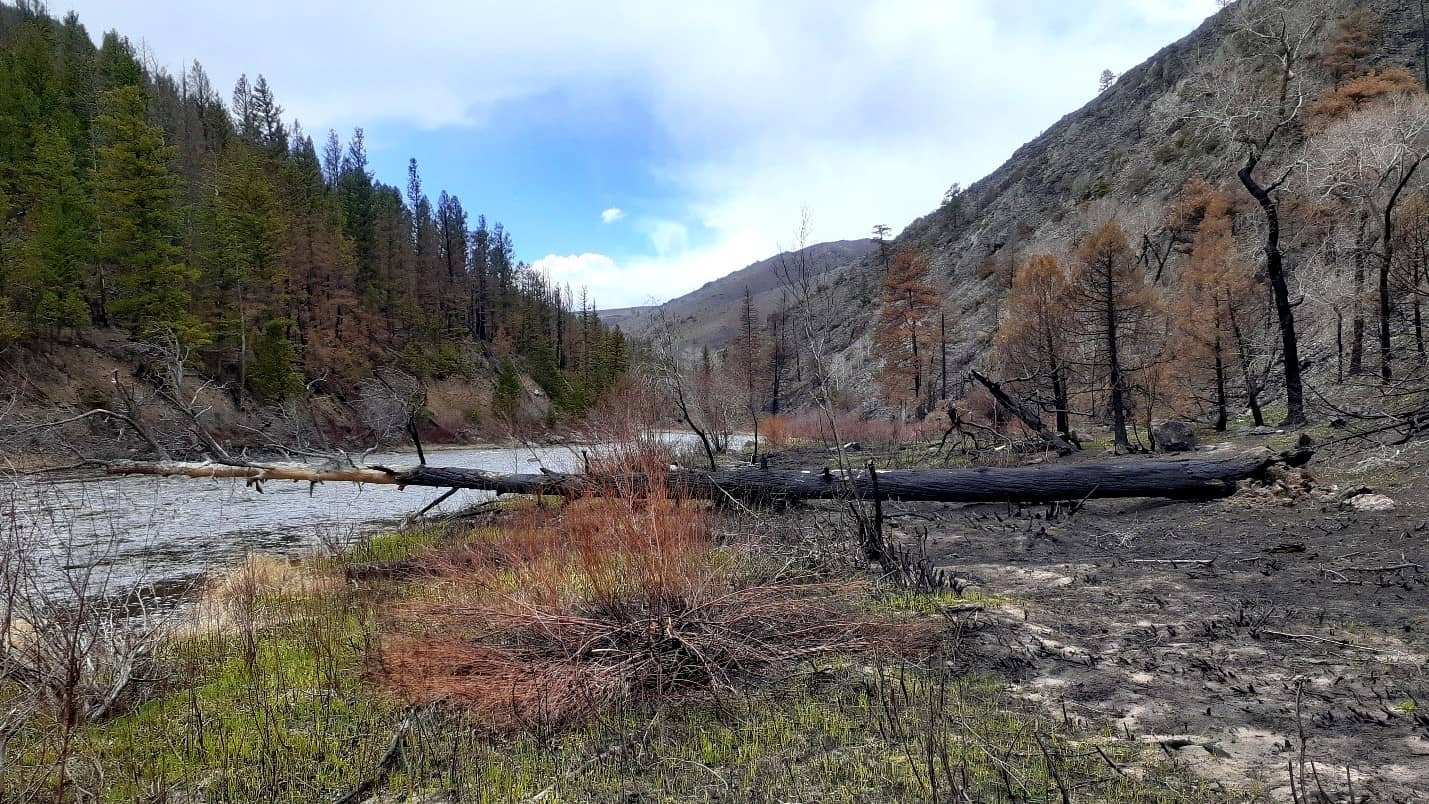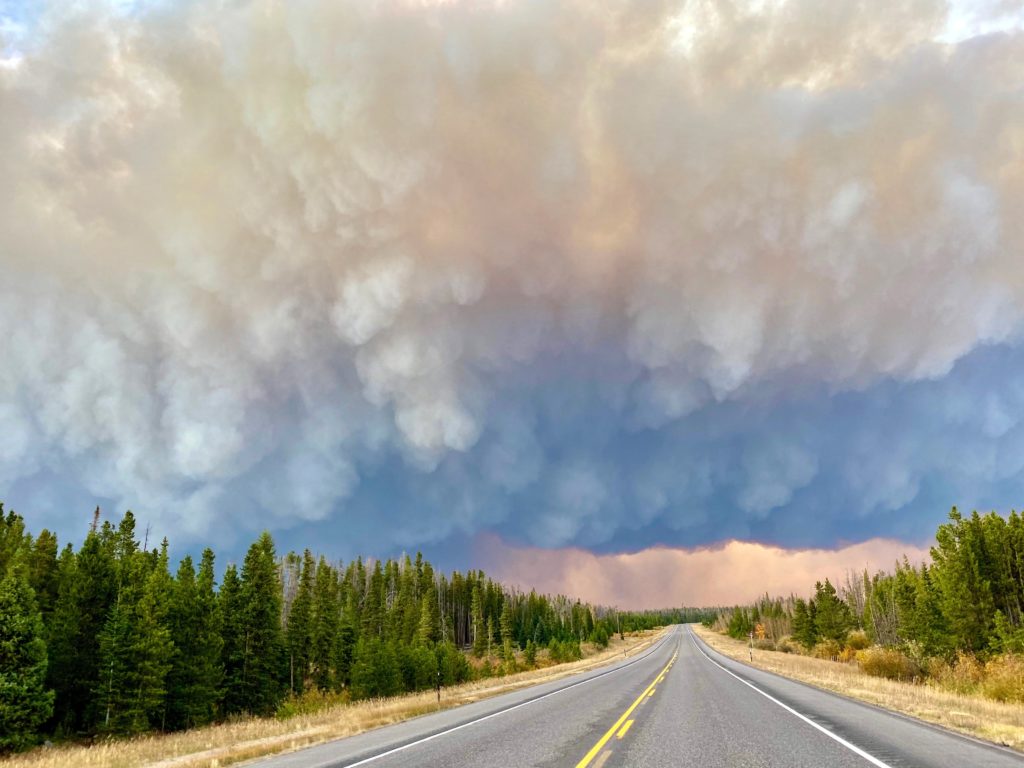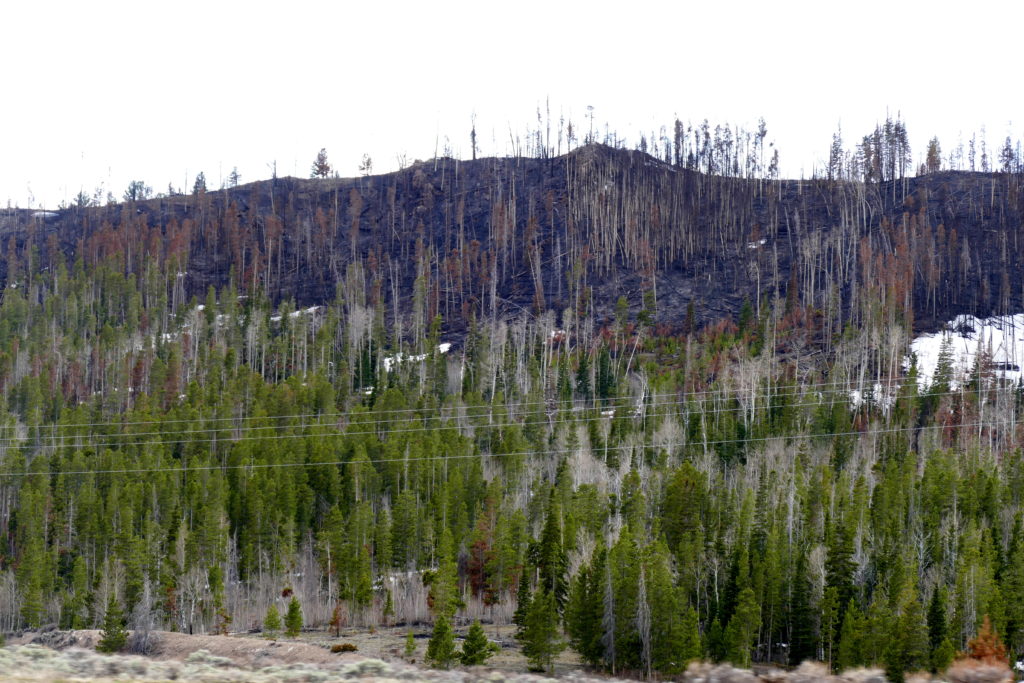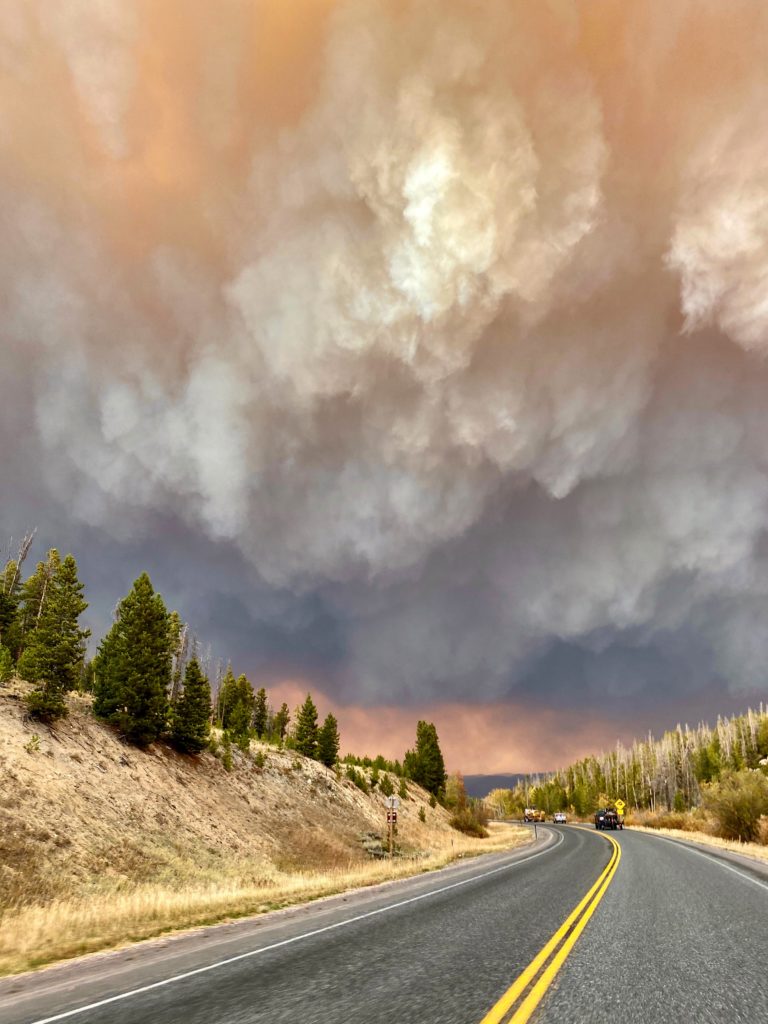
North Platte River burn area from the Mullen Fire. Photo courtesy USDA Forest Service.

Last summer’s extensive Colorado wildfires are causing springtime concern. The Mullen Fire burned over 176,213 acres in the Snowy Range, Medicine Bow-Routt National Forests in north central Colorado and southeast Wyoming.

The concern now is for the North Platte River and the hazards from flash floods in the burn area. As a result, overnight camping isn’t allowed right now within 1,000 feet of the center of the North Platte River in the Routt and Medicine Bow National Forest boundaries, at any of the campsites along the river.
From the U.S. Forest Service:
The affected National Forest area is in northcentral Colorado and southeast Wyoming, on lands managed by the Parks, Laramie, and Brush Creek/Hayden Ranger Districts in Jackson County, Colo.; Albany County, Wyo.; and Carbon County, Wyo.
The closure is necessary to minimize the threat to human life and safety. Due to the 2020 Mullen Fire there is increased potential for hazards along the river, including debris flows, flash floods and hazard trees. Long-duration activities in one location, such as camping, increase exposure time and therefore increase the risk associated with these activities.
“Run-off is beginning, and our on-the-ground observations have confirmed the modeling from late last fall, which indicates a high probability of flash flooding in some drainages impacted by the Mullen Fire,” said Forest Supervisor Russ Bacon. “This temporary camping closure is in place with the safety of Forest visitors as our priority.”
Coordination with the Wyoming Game and Fish Department has occurred, due to the impact of this camping closure to sportsmen and recreationists. Day use of the river and other associated activities such as fishing and rafting may still take place.
Forest visitors should expect to find a changed landscape when they enter the burned area, with multiple new hazards. Specific to the North Platte River and its’ tributaries, water flows have potential to increase quickly, carrying burned debris, ash, and soil along with it. Debris, log jams, trees, and strainers, may create new obstacles and/or rapids in the river.

